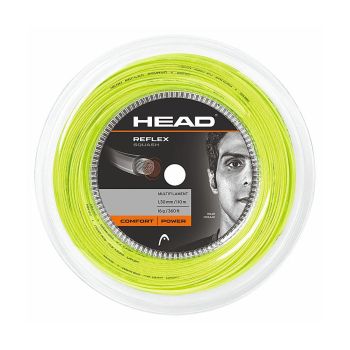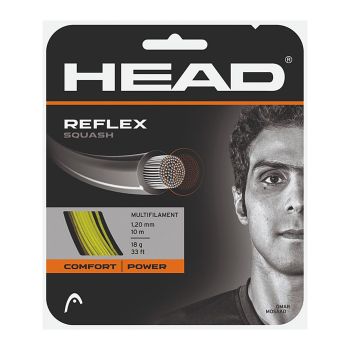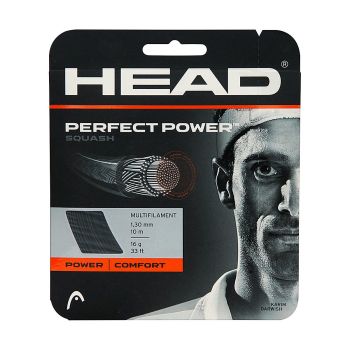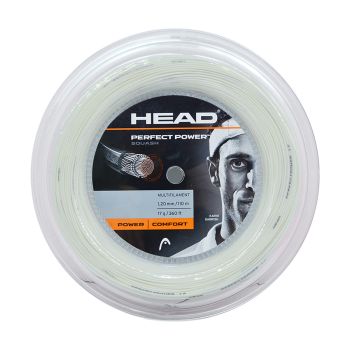JavaScript seems to be disabled in your browser. For the best experience on our site, be sure to turn on Javascript in your browser.
How Squash Racquet Strings can help enhance your game
Squash Strings are the most important aspect of your squash gear, make direct contact with the squash ball when you play. String type and tension is, notwithstanding, very substantial in the performance and style of a squash racquet. But, mostly squash players, dismiss the importance of squash racquet strings just by only focusing on selecting the best squash racquet. In this blog, you will find out how squash racquet strings can help enhance your game.
If your squash racquet string tension is far and away or you don’t have a correct racquet string, then it feels like you’re using quite a different squash racquet. Having the correct string & tension in your squash racquet will offer you the precise feel that you desire.
Let’s discuss how squash racquet strings can enhance your game:
1) Comfort
If a player has two comparably sized racquet frames with analogous strings & string tensions, and the squash racquet with the better open string pattern – will typically have smoother arm-amicable feedback. Moreover, the extra comfort offered by these squash racquets is preferred by the players who play with umpteen precision and touch. Regardless, more strings in the string bed lead a squash racquet tougher & offer the strongest feedback. With squash racquet strings, the ball can keep on a more elastic string bed for a longer duration, offers a higher starting point along with an easier extent on shots.
2) Power
Power is the main priority for numerous squash players for optimal performance. Racket Strings, usually at low tension, strain more whenever they come in contact with the ball, & then promptly turn back to their original length. This “resilience effect” accrues power to the shots when playing. Moreover, if the squash racquet is strung at a higher tension, it offers less stretch in the racquet string to offer power in the shots.
3) Spin
A player using a dense string pattern can remain an extant spin to the ball, just not so effortlessly. Therefore, a more open string pattern can emphasize the spin control of the squash racquet when playing. Squash racquets with construct frames offer strong hitting of shots with topspin. Furthermore, the more space between the racquet strings, the greater the likelihood to hit the ball. And the excess surface area & smoother string bed offers superior directional control too.
4) String Durability
At every turn you hit a ball when playing, your racquet strings move & stroke mutually, makes them undermine & finally break. The more you move your racquet strings, the greater open the racquet string pattern, the higher the chance of breakage of squash racquet strings. For this reason, usually, string breakers avoid such types of frames. Whilst, a dense string pattern offers less string movement & hence superior string duration.
How often should you restring a squash racquet?
So many squash players ignore their racquet’s strings, even though proper stringing can make a vast difference to the manner a squash racquet accomplishes. A better-known thumb-rule is that the number of hours you play over a week is the optimum number of times to restring your squash racquet in a year. For example, if you play four or more times weekly that it recommends that you should restring your squash racquet a minimum of four times a year to ensure performance.
Over time, strings of the racquet start losing their actual elasticity, although if you’re playing less often you should still preferably restring your squash racquet minimum once or twice a year.
Squash Racquet String Tension
Most squash players have misconceptions about squash racquet string tension because it has a great impact on your squash game. The looser your squash strings, the easier it is to acquire power & the tighter your squash strings, the easier it is to acquire control. Definitely, any professional player should be able to acquire both control & power with any affordable string tension.
“The most common squash racquet string tension is generally around 26lbs, which is impartially mediocre i.e. neither too loose nor too tight.”
Different types of squash racquet string tension are as follows:
- Very Loose String Tension (21lbs or under): Having a squash racquet string tension of 21lbs or under is fairly exceptional. When you’ll acquire string tension this much loose then your shots will drop automatically during the play. Such string tension is used by very distinctive squash players/experts who know precisely what they require.
- Loose to Medium String Tension (22-24lbs): As mentioned above, squash racquet strung between 22-24lbs might be of value considering if you try to abound on a hard-hitting game. Such a range of string tension isn’t off the charts. However, if you want to go for looser string tensions then this range is the best to go for.
- Medium String Tension (24-27lbs): Having your squash racquet strung between 24-27lbs is typically preferred by most fore-and-aft squash players. Moreover, if you haven’t any specific choice or you don’t know what to choose then this is the best string tension range to opt for.
- Higher String Tension (28lbs or above): String tension around 28lbs or above is overall the highest you want for a squash racquet. If you opt for string tension tighter above this, then you’ll be putting pretty much pressure on your racquet’s frame. Also, you have to make your squash racquet hard to accomplish power with your shots.
Squash Racquet String Pattern
String Pattern doesn’t alter much between squash racquets of the same heap shape, but be aware of some precise differences among the variations of string patterns. Often, fewer strings reduce the sweet spot size whereas more strings offer a larger sweet spot.
The different squash racquet string patterns are:
- 12 x 17 – usually known as “fan string pattern” and found in some Head squash racquets.
- 14 x 18 – the common string pattern for open throat and teardrop squash racquets, usually found in Dunlop and Tecnifibre.
- 16 x 16 – this pattern mostly found in Prince squash racquets.
- 16 x 17 – this string pattern provides a good sweet spot and most often seen in many teardrop Head squash racquets and elongated teardrop Prince squash racquets.
- 18 x 17 – such string pattern mostly found in a few open throat Head squash racquets.
How much string is needed for a squash racquet?
Squash racquet string, therefore, provides you superior durability, more spin, unmatched power & control, and ultimate feel for optimal performance. Undoubtedly, a pack of 10 m string is enough for a single squash racquet.
To Conclude:
Focusing on the selection of squash racquet is a very usual habit for squash players. Thereby, they frequently neglect squash racquet strings for their game. Indeed, strings will have an immense impact on your game. There are no good or bad squash strings! Only you’ve to discover the best one for your game as the good one can enhance your performance somewhat you are not savvy!






